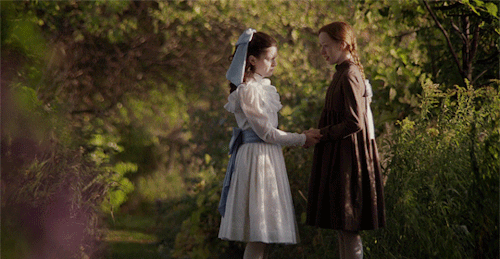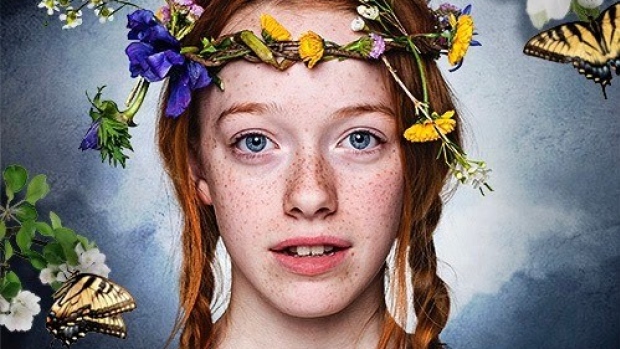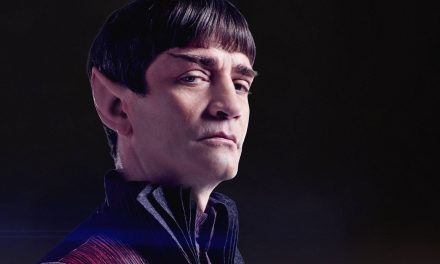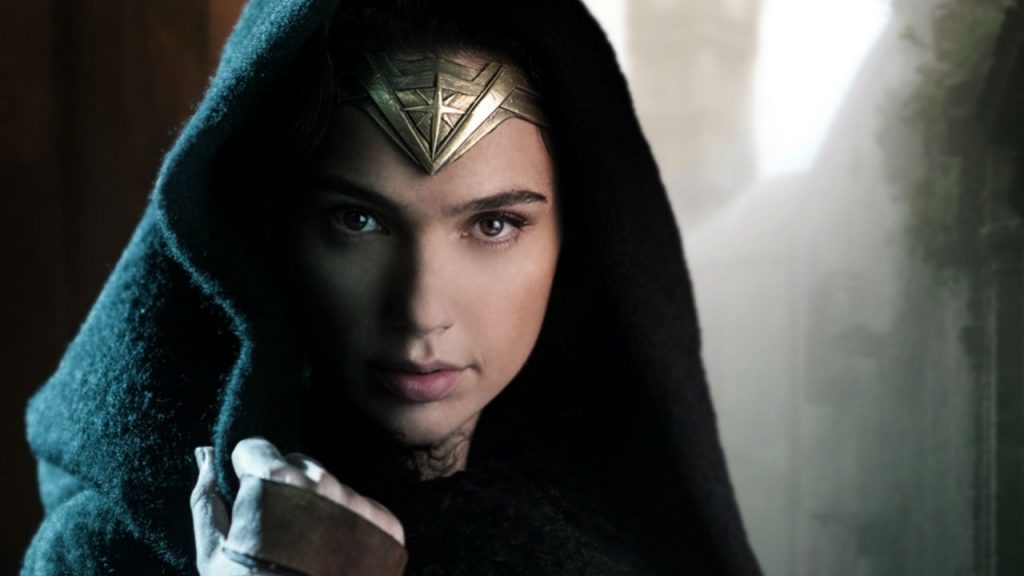Like many adult fans of “Anne of Green Gables,” I had concerns about Netflix’s “Anne with an E.” Based upon L. M. Montgomery’s novel about an orphan who finds a home on Prince Edward Island, the Netflix version provides a more realistic, gritty interpretation of the abuse and neglect implied in the novels and the first adaptation.
And I’m glad.
Knowing more about myself in my thirties, I find this rendition of “Anne” harder to accept, but also valuable in exploring my own identity.
Kevin Sullivan’s 1985 version is beloved to many, including myself, and served as inspiration for many girls. Anne was different than most of our role models: she discussed political beliefs, showed a boy that uninvited hair-pulling is no way to show affection, and – perhaps most importantly – she made mistakes and recovered from them.
Content Warning: This post discusses physical, emotional, and verbal child abuse, trauma, suicide, and PTSD. This post also contains spoilers for the first episode of “Anne with an E.”
Do not be fooled by the trailer’s upbeat music.
When I was a girl, I needed the Sullivan adaptation made in the 80s. I needed to understand what was going on in Anne’s life in the book while ignoring what was between some of those lines.
I needed to learn through imagination more than I needed to cope.
As an adult who still engages in imaginative storytelling, I’m comforted by the revelations in the Moira Walley-Beckett 2017 version.
I grew up knowing Megan Follows as Anne in the 1980s. While an ideal fit for the role, Follows was almost rejected completely due to her age.
The 2017 Anne, played by Amybeth McNulty, has a younger innocence. While both perform the role well, they do so in different ways: Follows as spirited and intelligent; McNulty as precocious and survivalist.
This Anne is traumatized: a victim of abuse and hardship, she experiences traumatic flashbacks triggered by stressful situations and everyday objects. And yet, she finds a way to move forward, cope, and thrive. The underdog spirit is darker in McNulty’s portrayal, but what likely makes so many people uncomfortable about it is that it makes so much sense.
Following the first episode, here’s a look at the abusive elements of the story as they are depicted and alluded to:
Anne and the Precipice: The Overwhelming Feeling of Being Unwanted
If I hadn’t been familiar with the story, I would have wondered if Anne was going to attempt to kill herself at the beginning of her journey. This possibility is alluded to on more than one occasion, and it’s clearly noted that Anne is constantly making a hopeful choice to try again; to live.
This is most evident when she runs to the edge of the cliff in a panic, embracing the wind from the sea instead of jumping.
Also unsettling is a scene in which Marilla (Geraldine Jones) lectures Anne on her behavior. She advises Anne against being too talkative at the Barrys’ farm and to repress her true self; meanwhile Anne experiences a flashback about being silenced by other would-be friends who had killed a mouse because it squeaked too loud. They then compare the dead mouse to Anne and her storytelling.
Anne then replies to Marilla:
“I’m fine. Don’t worry. I’ll be as quiet as a mouse.”
Like most young women, Anne learns that she must silence herself or be considered entirely inappropriate and unacceptable. Of course, once she meets Diana Barry, she learns that her new friend will accept her for who she is – and that Diana enjoys her story crafting.
Visually, we see this dichotomy of free self versus polite young lady when Anne returns from her panicked jaunt to the sea: one fiery braid remains intact, the other braid now gone, her hair wild and unbound. We also see it in the contrast between Diana and Anne:

Evident Self-Hate
From the beginning, Anne speaks poorly of herself and her qualities. She’s not just a girl who could use some confidence, she’s a survivor of an abusive situation.
When she apologizes to Rachel Lynde, she’s not only being sincere because she’s clever and dramatic (like Follows’ Anne), she’s baring the truth of her own feelings about herself, also revealing why Rachel’s words hurt her with such intensity. While Anne’s scene still works because she was overly dramatic, the effect is because her words are true. Anne doesn’t think highly of herself in many ways.
This realistic portrayal is appealing to me – I have issues accepting certain things about my appearance or personality; meanwhile I also know that I excel in other areas. A hundred rejection slips won’t hurt this writer, but one unkind word from certain people would cut.
Escapism isn’t Romantic: It’s a Coping Mechanism
Through the years, Anne’s ability to tell a good story has been consistently compelling. My own childhood was more privileged than Anne’s, but I still found myself enraptured by films and books (like many other young geeks) and took quite naturally to theater and LARPing (live action role playing).
As an adult, I know that storytelling helps me professionally, but through this new view of Anne, I’m seeing past the criticism of escapism levied at many role playing gamers and looking at it as a valid tool of coping and self-discovery (when done therapeutically and/or with the blessing of a therapist).
It’s easy for Anne and her viewers to get caught up in the romanticism of escapism, especially as we can view many elements of her story as nostalgic, but this portrayal causes us to witness the escapism as a survival mechanism.
Marilla’s Hardships, Matthew’s Reticence: An Abusive Childhood?
Marilla Cuthbert is religious, practical, and rules-driven. Matthew (R.H. Thomson) is especially quiet. While these traits are endearing, I’m curious about the why behind them. Are these simply personality traits, or were there especially hard times in the Cuthberts’ past?
On more than one occasion, Marilla perpetrates unkind behaviors to Anne, telling the girl she’ll send her back to the asylum. By the end of the first episode, we know that Marilla’s brooch is a keepsake from her mother and grandmother.
Like Joan of Arc: With Red Hair
Throughout the episode, we see Anne’s determination most poignantly when it comes to gender issues. Despite having been told she’s worthless, Anne knows she can do at least as much physical, intellectual, and emotional labor as the boys – and she says so. While she’s emotionally compromised in many instances due to her abuse, Anne handles other situations (ones that would cause most of her contemporary female counterparts to scream) with ease.
I’ve always seen myself as Anne, and that’s not going to change due to this adaptation. With some of the things I’ve gone through in life, I’ve also questioned whether Anne could still be a hero to me.
Would Anne understand? Would this beloved character forgive me for my mistakes?
This “Anne” adaptation answers that question, and I feel closer to the character than ever.
Beyond that, there is something viscerally uncomfortable about the show. While others enjoy “Beetlejuice,” “Charlie and the Chocolate Factory,” and “A Series of Unfortunate Events,” I never enjoyed children encountering darkness in such a way – comedic or otherwise. For me, Anne walks up to that line. But uncomfortable media isn’t bad media: it’s thoughtful, and this show is no exception.
Here’s to your storyteller, Anne fans: your Cordelia who is there for you on days fair (or when you despair); your Joan of Arc and your friendship promises you pretend you’re making in the dark.
This adaptation is a darker one, but it’s none the less true.
What did you think about the first episode of Netflix’s “Anne with an E” series? Sound off in the comments. For a look at my review of the entire season, click here.





